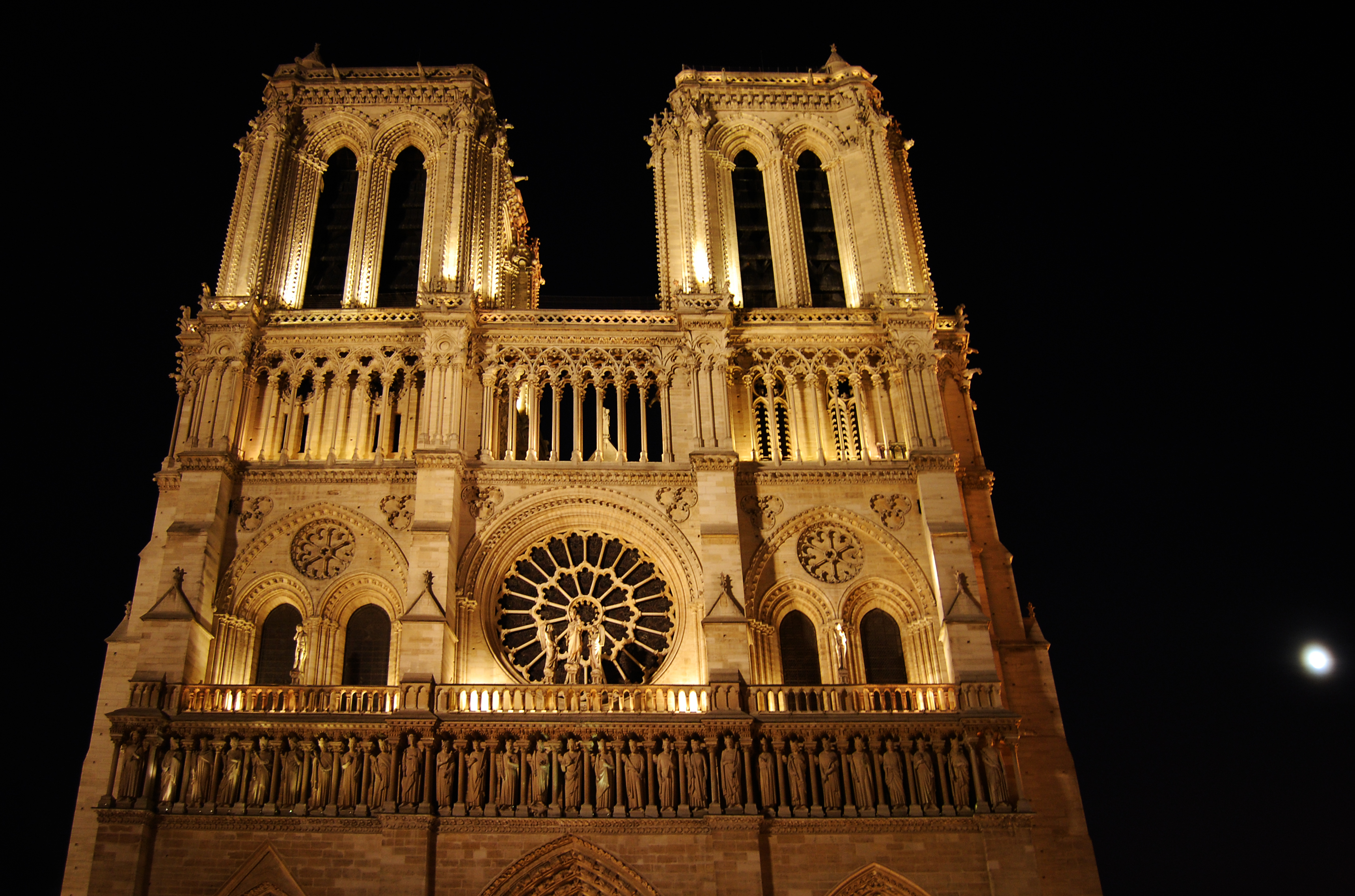Notre Dame Cathedral is centrally situated on the Ile de la Cité, the area of Paris that divides the city's right and left banks. The Ile de la Cite is surrounded by the Seine River.
The cathedral suffered desecration during the fundamental stage of the
The cathedral suffered desecration during the fundamental stage of the
French Revolution in the 1790s, when much of its religious descriptions was smashed or shattered. An extensive restoration supervised by Eugène Viollet-le-Duc removed remaining decoration, recurring the cathedral to an 'original' gothic state.
It is possibly the most dramatic gothic cathedral in the world—and is undeniably the most illustrious. Conceived in the 12th century and completed in the 14th, Notre Dame Cathedral was the very heartbeat of medieval Paris. After a period of ignore, it recapture the popular imagination when 19th-century writer Victor Hugo immortalized it in “The Hunchback of Notre Dame”.
Notre Dame’s dramatic towers, spire, stained glass and statuary are assured to take your breath away. Dig deeper in the archaelogical crypt. Climbing the North tower to get a gargoyle’s perspective of Paris is a must, too.Notre Dame de Paris was among the first buildings in the world to use the flying buttress (arched exterior supports).
The building was not originally intended to include the flying ramparts around the choir and nave. After the building began and the thinner walls (popularized in the Gothic style) grew ever higher, stress fractures began to happen as the walls pushed outward. In response, the cathedral's architects built supports around the outside walls, and later additions continued the pattern. The place of worship was fundamentally complete by 1345.
Notre Dame cathedral - Head in hand sculpture
Notre Dame Cathedral







No comments:
Post a Comment